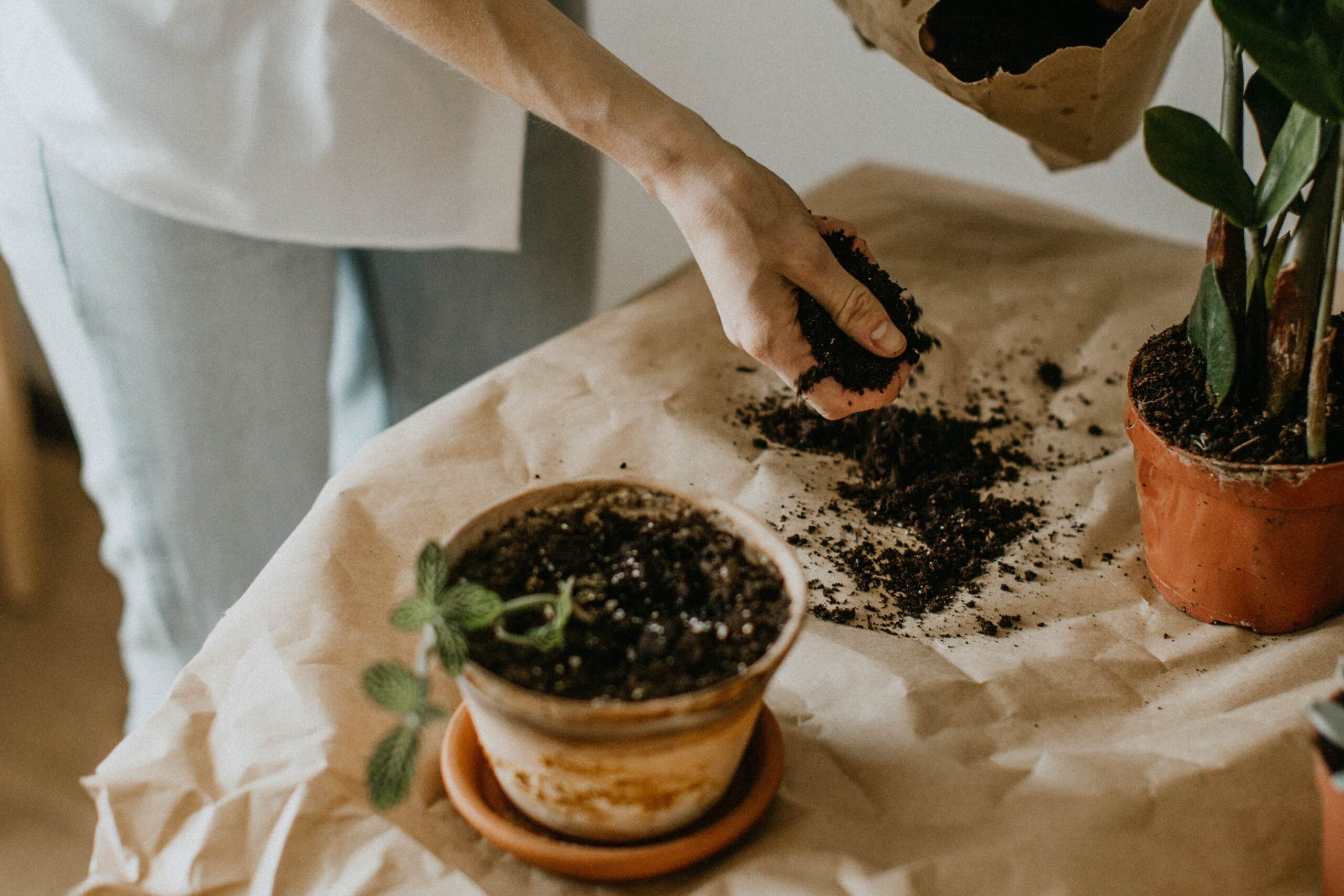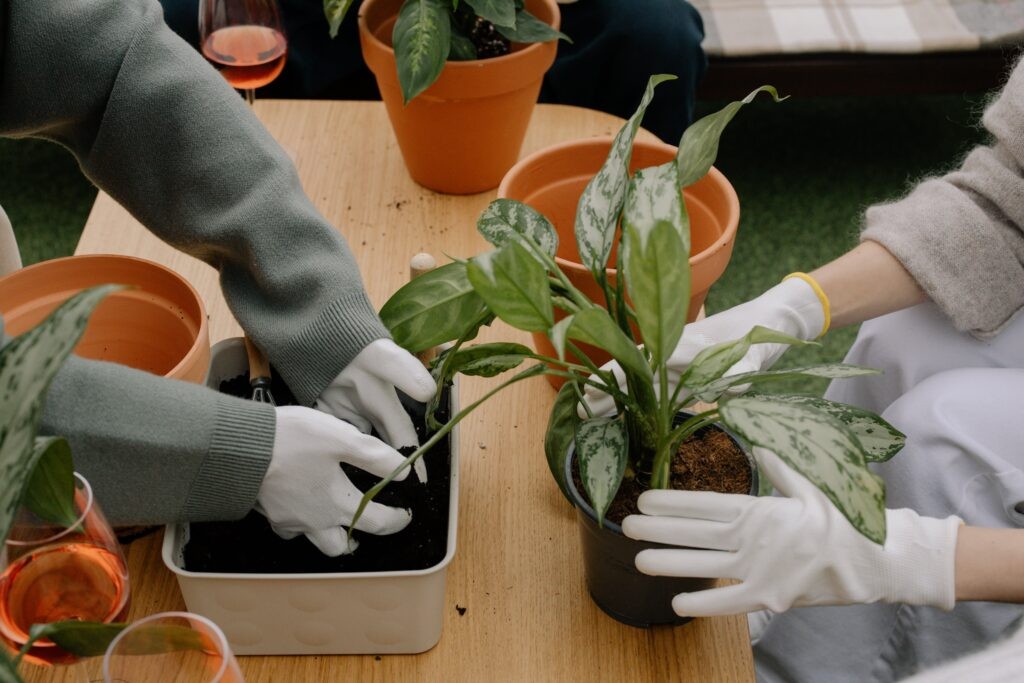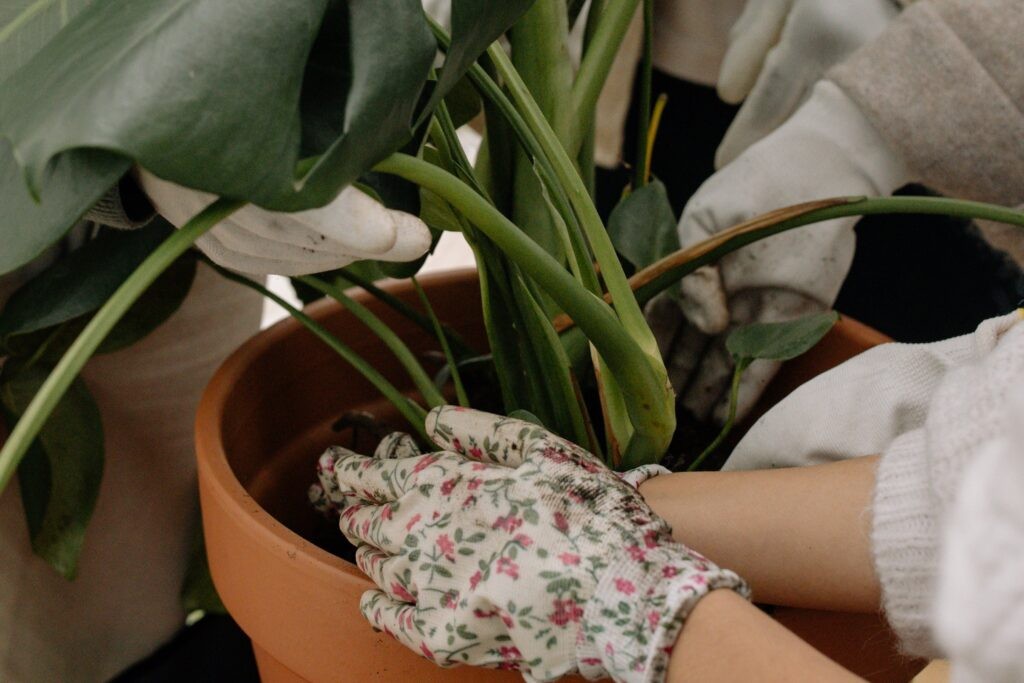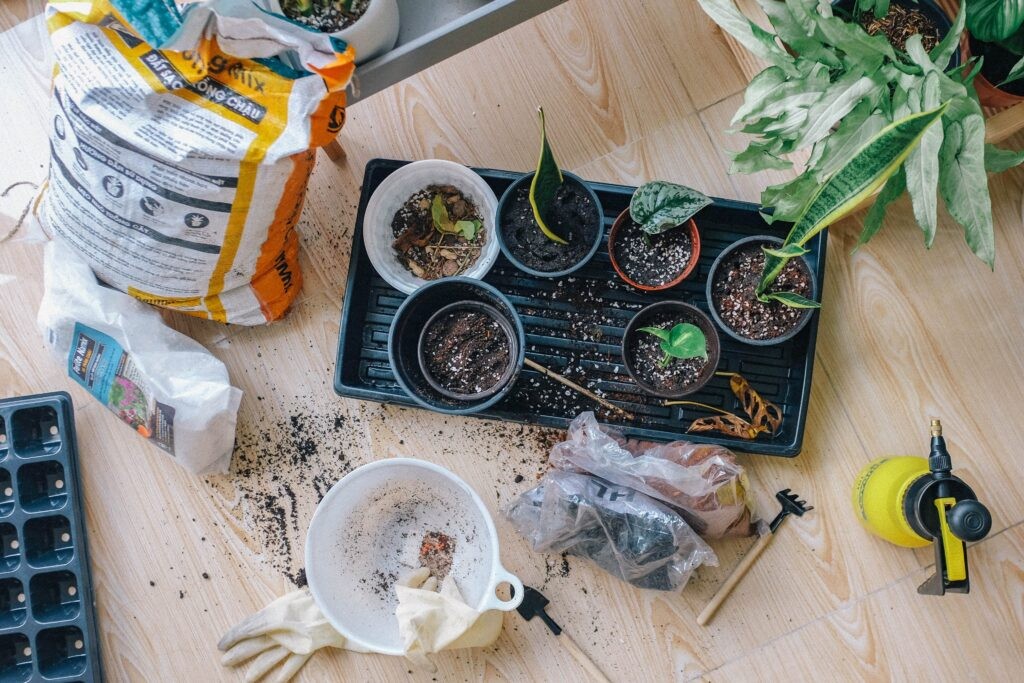
Winter Wonders: The Ins and Outs of Repotting Your Houseplants
- By Elm Dirt December 11, 2023
Discover the wonders of winter repotting for your houseplants – the pros, cons, and how-tos. Unleash the secrets to successful repotting and witness your green companions thrive in their rejuvenated winter homes.
Embracing Change in the Winter Wonderland
Winter, with its cozy ambiance, may seem an unlikely time to consider repotting your houseplants. However, as we explore the nuances of this seasonal endeavor, you’ll find that winter can be the perfect time for a rejuvenating change for your green companions. Let’s dive into the pros and cons of repotting houseplants in the winter, unraveling the mysteries of how to do it right.
The Winter Repotting Advantage
Winter repotting offers a range of benefits that might surprise you.
Root Room to Bloom
Repotting provides your houseplants with additional root space, encouraging healthier growth and robust foliage.
Winter Downtime
Many houseplants experience a slower growth rate in winter, making it an ideal period for them to adjust to a new pot without the stress of rapid growth.
Preventing Pot-Bound Woes
Over time, houseplants can outgrow their pots, leading to root congestion. Winter repotting helps prevent the dreaded "pot-bound" condition, ensuring your plants thrive.
Soil Refresh
Winter repotting allows you to refresh the soil, replacing depleted nutrients and providing a clean start for your plants.

Navigating the Challenges
While winter repotting has its advantages, there are also potential drawbacks to consider.
Slow Recovery
Houseplants may take longer to recover from the shock of repotting in the winter, as their natural growth rate is subdued.
Temperature Sensitivity
Sudden changes in temperature can stress your plants. Ensure they are protected from cold drafts and rapid temperature fluctuations during the winter repotting process.
Reduced Sunlight Exposure
With shorter daylight hours in winter, your repotted plants might receive less sunlight, affecting their ability to rebound quickly.
Potential for Overwatering
In the winter, plants are more susceptible to overwatering due to the lower evaporation rates. Be cautious not to drown your repotted plants in soggy soil.
How to Do It Right
Follow these steps for a successful winter repotting experience.
Assess Plant Health
Ensure your houseplant is in good health before repotting. Trim away any yellow or damaged leaves and inspect the roots for signs of disease or rot.
Choose the Right Pot
Select a new pot that is one size larger than the current one. Make sure it has drainage holes to prevent waterlogged soil.
Use High-Quality Soil
Opt for well-draining soil with a balanced mix of organic matter. Consider adding perlite or orchid bark for enhanced aeration.
Gentle Removal
Carefully remove the plant from its current pot, teasing apart any circling roots. Be gentle to avoid causing unnecessary stress.
Planting and Watering
Place the plant in its new pot, filling the gaps with fresh soil. Water thoroughly, allowing excess water to drain away.
Recovery Time
Place your repotted plant in a location with filtered sunlight, protecting it from harsh winter conditions. Allow your plant time to acclimate to its new surroundings.

When to Repot in Winter
Choosing the right time for winter repotting is crucial.
Late Winter or Early Spring
Aim to repot during late winter or early spring when the plant is still in its dormant or semi-dormant state, minimizing stress.
Avoid Extreme Weather
Choose a mild day for repotting, avoiding extreme cold or heat. This reduces the shock to your plant's system.
Soil Selection for Winter Repotting
Selecting the right soil ensures your houseplants thrive after repotting.
Well-Draining Mix
Choose a well-draining potting mix to prevent waterlogging, especially in the winter when evaporation rates are lower.
Organic Components
Opt for soil mixes with organic components like compost or coconut coir for added nutrient richness.
Aeration Additives
Consider adding perlite, vermiculite, or orchid bark to enhance soil aeration, promoting healthy root development.

As your repotted houseplant acclimates to its fresh surroundings, take a moment to appreciate the effort you’ve invested in its well-being. Witnessing the lush growth and vibrant foliage that follows a successful winter repotting is a reward that will continue to bring joy long after the winter season.
Related Products
-
Bloom Juice
$19.95 – $174.95 — or subscribe and save 15% -
Plant Juice
$19.95 – $174.95 — or subscribe and save 15% -
Kelp Mist
$29.95 – $74.95 — or subscribe and save 15% -
Plant Perfection
$29.95 – $49.95 — or subscribe and save 15%



